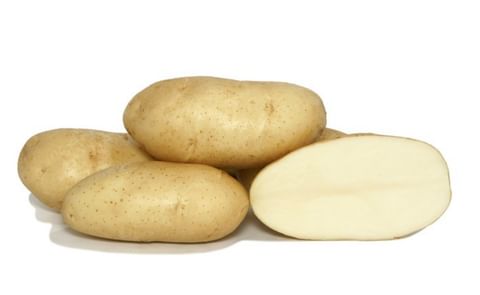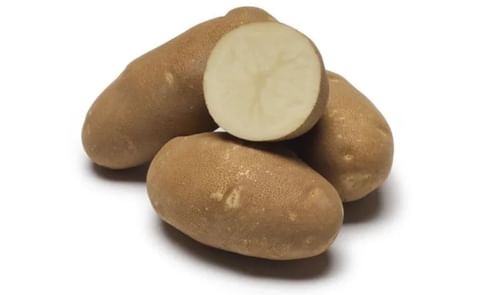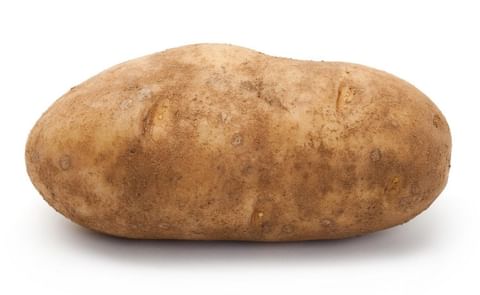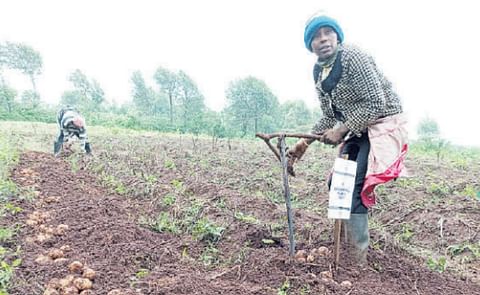Washington State University (WSU) scientist Mark Pavek and two Tri-State potato research colleagues check out new potato varieties in a WSU research field.
McDonald's accepts two new potato varieties for its fries: Blazer Russet and Clearwater Russet
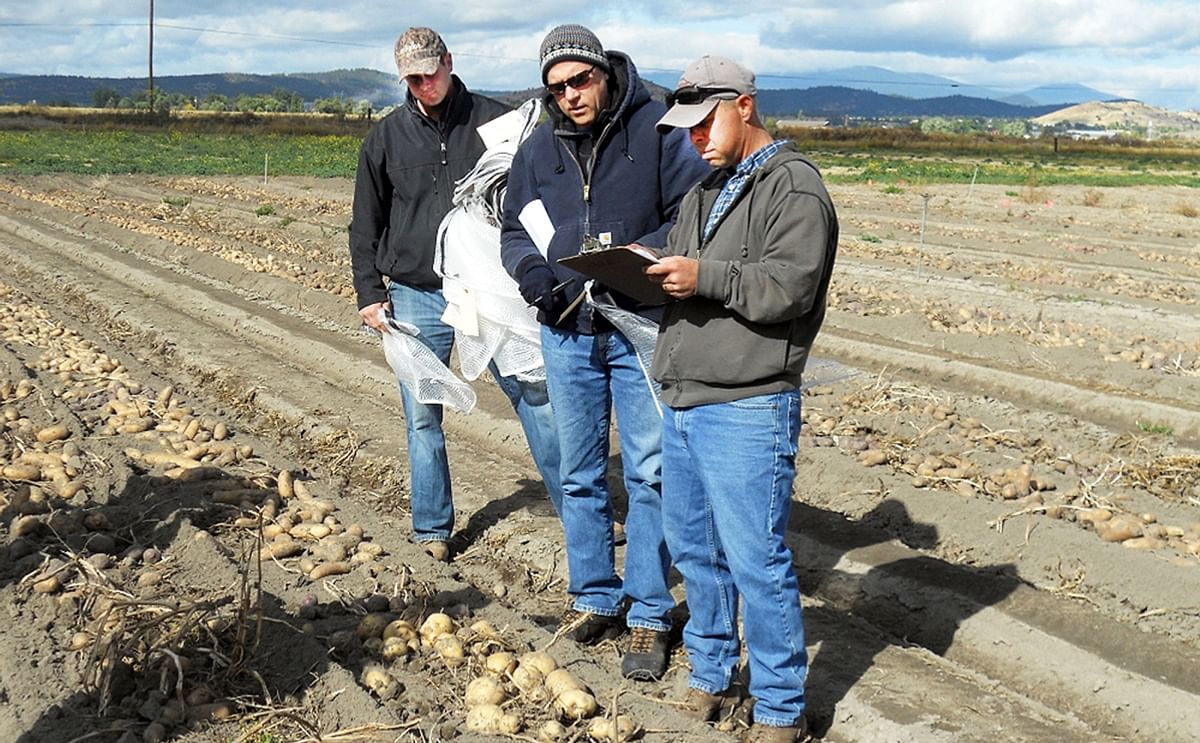
When it comes to potatoes, french fries are the big outlet for Columbia Basin farmers. And when it comes to selling french fries, McDonald’s is the holy grail.
So for Washington State University (WSU) potato researchers Rick Knowles and Mark Pavek, having a new variety chosen by McDonald’s is a big deal. In September, the worldwide fast-food chain chose two relatively new varieties developed in part by WSU researchers.
Rick Knowles, horticulture professor at Washington State University:
“McDonald’s has expert tasters, kind of like with fine wine.”To develop varieties that are more efficient, stress tolerant and sustainable, WSU researchers work with colleagues from the U.S. Department of Agriculture-Agricultural Research Service (USDA-ARS), Oregon State University and the University of Idaho through the Northwest Potato Variety Development Program, commonly called the Tri-State Program.
“Their gold standard potato for french fries is a Russet Burbank, which makes a great fry but is really inefficient from a production standpoint.”
WSU in on four of seven accepted varieties
Mark Pavek, an associate professor and potato specialist in the Department of Horticulture at Washington State University:
“Burbank has disease issues and requires high soil fertility and water.”A new variety can take 10-15 years to come to market from the time plants are first cross-pollinated, making it difficult to quickly replace a reliable yet inefficient potato.
“And it has a lower yield of the highest-grade tubers because it’s susceptible to so many stress-related disorders.”
“We need something to replace it that still makes fries McDonald’s will accept.”
So when McDonald’s officially accepted the Clearwater Russet and Blazer Russet, everyone in the Tri-State Program rejoiced.
Rick Knowles:
“These are the first two varieties McDonald’s has added from our program since 2000.”
“And they only have seven varieties on their list now, four of which were developed by the Tri-State Program. They’re very selective.”
Blazer Russet
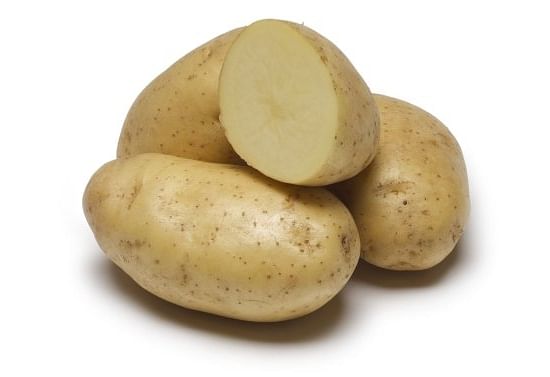
Blazer Russet
Blazer Russet with its early maturity is considered to be a strong replacement possibility for Shepody. It has oblong, medium to large tubers that average 8 ounces with excellent culinary qualities. The characteristic light russeting means the tubers have tan to light brown skins with firm, creamy white flesh. Blazer provides higher yields of No. 1 and has excellent specific gravity making it a good dual purpose type.
Blazer is resistant to scab and moderately resistant to net necrosis, dry rot and soft rot. It is susceptible to Verticillium wilt and moderately susceptible to PVY. Blazer Russet weaknesses are that it has short dormancy and is prone to hollow heart.
Source: PVMI
Since the announcement, Knowles said, the potato industry has ramped up production of seed for the two new russets because demand always increases when McDonald’s, the largest buyer of potatoes in the world, accepts a new variety.
The increase in production will help the Tri-State breeding program, which earns royalties on varieties it develop.
Knowles:
“Those royalties, split among the three universities and the USDA-ARS, will allow us to keep developing newer and even more efficient and nutritious varieties.”
Clearwater Russet

Clearwater Russet
Clearwater Russet has high specific gravity and is resistant to sugar ends as well as most internal and external tuber defects. Clearwater Russet also is notable for having a higher protein content than those of standard potato varieties, with 38% greater concentration than Russet Burbank. Has moderate resistance to Verticillium.
Source: PVMI
Mark Pavek:
“Potatoes are already very nutritious, with high levels of vitamin C and a good balance of amino acids.”
“But Clearwater Russets are even better. It’s a nice little add-on to an already great potato.”
Like to receive news like this by email? Join and Subscribe!
NEW! Join Our BlueSky Channel for regular updates!
Highlighted Company
Potato varieties mentioned
Sponsored Content
Sponsored Content
Sponsored Content
Sponsored Content
Sponsored Content









